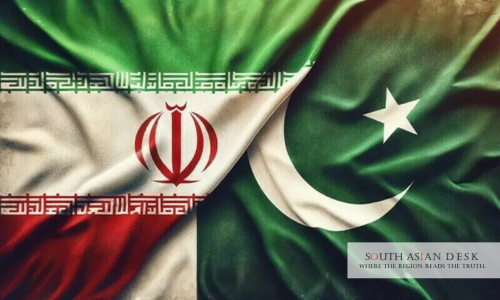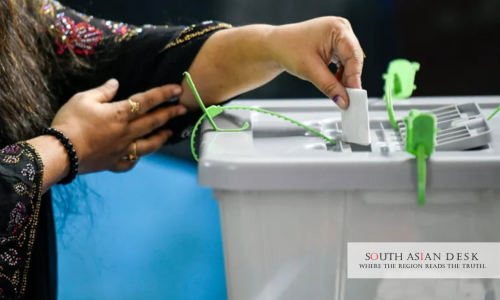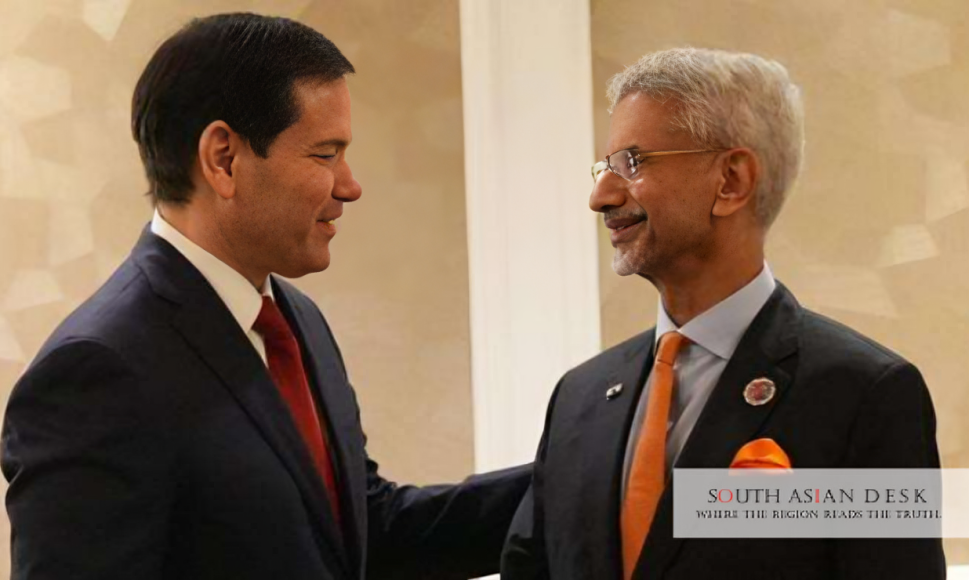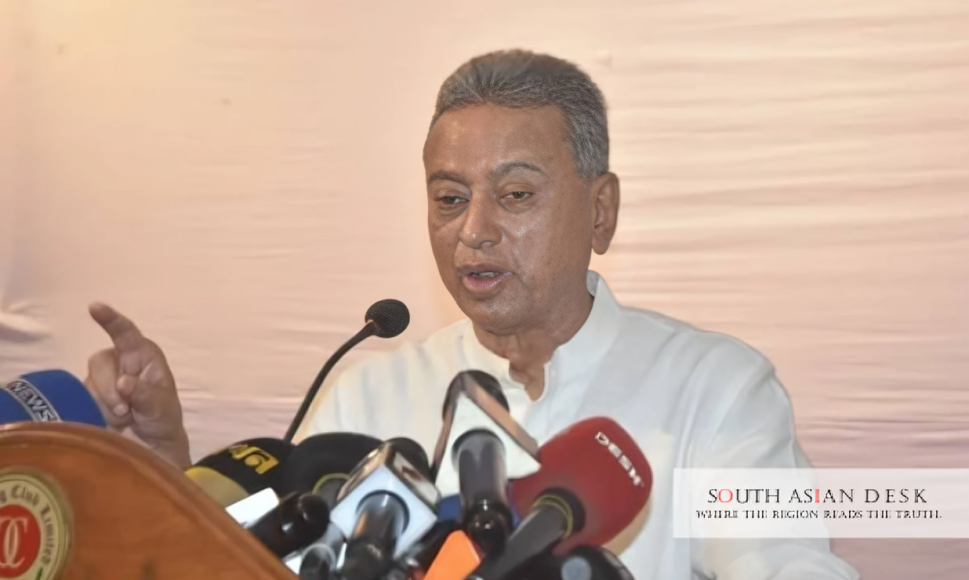Tehran, Iran – Iran-Pakistan maritime connectivity advances through ministerial talks, where officials propose ferry links and port collaborations to achieve a USD 10 billion bilateral trade target. The discussions, held on 15-16 September 2025, involve Pakistan’s Minister for Maritime Affairs Muhammad Junaid Anwar Chaudhry and Iran’s Minister for Roads and Urban Development Farzaneh Sadegh. These efforts aim to strengthen road, rail, and sea ties for enhanced regional exchange.
Iran-Pakistan maritime connectivity holds significance for South Asia, as it fosters economic corridors linking the Arabian Sea to Central Asia, easing trade bottlenecks and promoting sustainable blue economy initiatives. Pakistan benefits from diversified routes beyond its China-Pakistan Economic Corridor dependencies, while Iran gains access to South Asian markets despite sanctions. This cooperation counters regional isolation, supports 1 million annual pilgrims, and drives job creation in coastal economies from Karachi to Bandar Abbas.
Gwadar Chabahar Trade Emerges as Regional Gateway
Gwadar-Chabahar trade forms the core of recent pacts. The 22nd Pakistan-Iran Joint Economic Commission session, held in Tehran, concluded with the signing of a protocol on 16 September 2025. Both nations commit to a bilateral trade volume of USD 10 billion.
Federal Minister for Commerce Jam Kamal Khan states during the session: “We reaffirm our mutual commitment to enhance collaboration in trade, investment, transportation, customs facilitation, and industrial development.” He highlights synergies in agriculture, renewable energy, and tourism. Iran’s Farzaneh Sadegh adds: “Iran remains committed to strengthening economic ties through trade, infrastructure, transit facilitation, and energy collaboration.” She emphasizes the importance of logistics integration for ports like Gwadar and Chabahar.
The protocol outlines the removal of tariff barriers and the operationalization of border markets. It targets increased rail cargo and improvements in air navigation. Maritime segments focus on seaport linkages to boost Gwadar-Chabahar trade flows.
The current bilateral trade stands at USD 2.5 billion annually, according to commission data. Officials project a 20 per cent yearly rise through enhanced connectivity. Gwadar, operational since 2016, handles approximately 100,000 twenty-foot equivalent units (TEUs) annually. Chabahar complements it with an 8.5 million-tonne capacity, according to Iranian port authority figures.
Engineers plan joint dredging and terminal upgrades. A 220 KV transmission line to Gwadar resumes construction, linking Iranian power grids. These steps integrate Gwadar-Chabahar trade into broader Eurasian networks.
Pakistan-Iran Ferry Service Proposal Gains Traction
Pakistan-Iran ferry service takes centre stage in bilateral dialogues. Minister Chaudhry proposes the initiative during his meeting with Sadegh on 25 October 2025. He envisions affordable sea travel for traders and pilgrims, leveraging Iran’s lower fuel costs.
Chaudhry tells reporters: “Pakistani authorities would welcome Iranian companies interested in operating such a service.” He notes 60,000 to 70,000 Pakistani pilgrims travelled to Iran and Iraq by air in 2025. A ferry could double these numbers via cost savings. The Joint Economic Commission protocol echoes this, exploring passenger ferries between seaports for Zaireen. It includes visa streamlining for businessmen and drivers to facilitate cross-border movement.
In a press release dated August 1, 2025, Chaudhry urges the digitalization of licensing. He directs integration into the Pakistan Single Window platform, cutting approval times from six months to one. “There is no justification for a half-year delay,” he says. “We must eliminate red tape and act decisively.”
Stakeholder consultations are underway, with feasibility studies in progress. Pilot launches target early 2026 operations from Gwadar to Chabahar, spanning 200 nautical miles. Estimated fares: PKR 5,000 per passenger, versus PKR 50,000 air tickets. The service promises 140,000 to 200,000 annual passengers if 20 per cent of 700,000 to 1 million Zaireen opt in over three years. Revenue projections reach USD 50 million per year, according to ministry estimates.
Blue Economy Pakistan-Iran Collaboration Deepens
Blue economy efforts in Pakistan and Iran span fisheries, tourism, and logistics. The commission protocol addresses mangrove conservation and sandstorm mitigation, both of which are vital for coastal resilience. Sadegh emphasises during talks: “The ports of both countries are key economic assets. By improving maritime and transport connectivity, we can open new opportunities for regional trade and economic cooperation.”
Pakistan contributes through the expansion of the Gwadar Free Zone, attracting Iranian investors in the seafood processing sector. Joint ventures target USD 500 million in blue economy projects by 2030. Health and education tie-ins include cross-border disease surveillance and student exchanges focused on marine sciences. A labour committee facilitates worker mobility in the shipbuilding and aquaculture industries.
Counter-narcotics cooperation strengthens border patrols along maritime routes. Intelligence sharing helps prevent smuggling through sea lanes.
Cultural festivals and media collaborations promote people-to-people ties. Vocational training programmes equip youth for port jobs, creating 10,000 opportunities. Iran-Pakistan maritime connectivity integrates these strands, with air cargo enhancements complementing sea routes. Electricity is exchanged via undersea cables to explore the feasibility.
Background: Evolving Bilateral Ties
Pakistan and Iran share a 900-kilometer border and historical trade links dating back to the ancient Silk Road. Post-1979 relations emphasise non-interference and mutual security. The China-Pakistan Economic Corridor intersects Iranian initiatives at Gwadar-Chabahar, forming a potential golden quadrilateral with India and Afghanistan. Yet, sanctions limit Iran’s full engagement.
Recent quadrilateral meetings with China and Russia in September 2025 reaffirm connectivity goals. Deputy Prime Minister Ishaq Dar meets Iranian counterpart in August 2025, pledging deeper ties. Bilateral trade dipped to USD 1.8 billion in 2024 amid global disruptions but rebounded in 2025.
What’s Next: Roadmap to Implementation
The 23rd Joint Economic Commission is scheduled to convene in Islamabad in 2026. Technical teams monitor protocol execution, with quarterly reviews. Ferry tenders issue by December 2025. Donor funding from the Asian Development Bank supports infrastructure.
Blue Economy Pakistan-Iran Summits Plan for Q2 2026, Drawing Private Investors. Iran-Pakistan maritime connectivity promises enduring gains, provided geopolitical tensions subside.
Published in SouthAsianDesk, October 26th, 2025
Follow SouthAsianDesk on X, Instagram, and Facebook for insights on business and current affairs from across South Asia.






